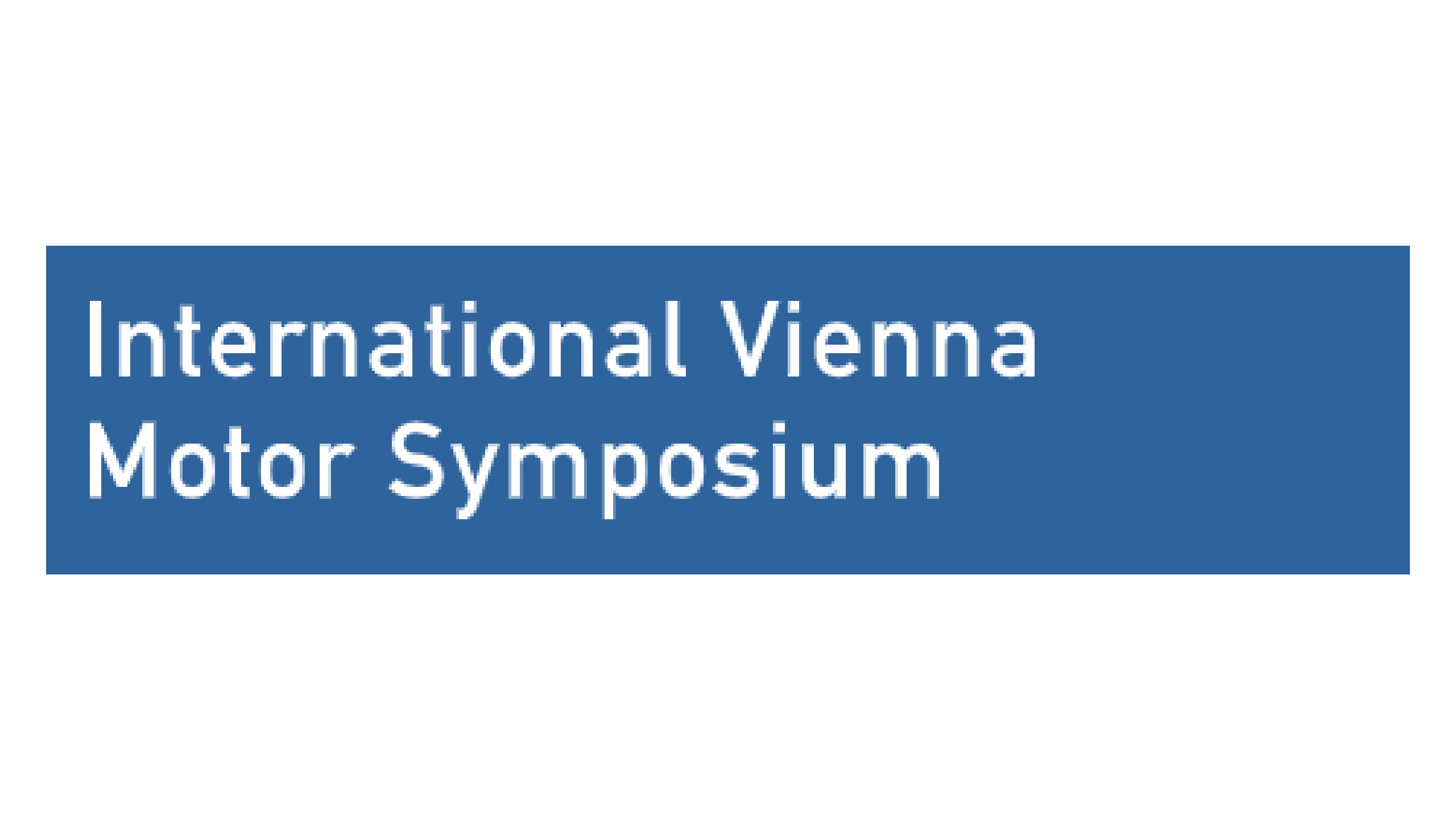Artificial Intelligence and True Interaction
IAV’s Digital Lab is examining the use of artificial intelligence as a cross-divisional function
Applying the currently extremely popular concept of “artificial intelligence” (AI) to the automotive industry, the first thing that springs to mind is autonomous driving. A driverless vehicle is indeed an intelligent, autonomous system and therefore an important application for artificial intelligence. However, it is a key technology that is not restricted to this field but goes far beyond.
“Artificial intelligence and machine learning will bring dramatic change to all areas of automotive development and permit entirely new mobility services”, says Dr. Mirko Knaak, Product Owner for Artificial Intelligence and Machine Learning at IAV’s Digital Lab, with certainty. “We are on the brink of a tipping point”.
Neural networks, learning systems and pattern recognition
Although the vision of artificial, i.e. man-made, intelligence is already several decades old and can look back on a number of research results, today’s exploding availability of memory space and computing performance has brought a new dynamic to this vision in recent years. Neural networks in particular, which intrinsically have a huge need for memory and computing capacity, can improve their potential by training complex networks with a large number of neurons and, hence, many parameters.
“Generative Adversarial Networks” (GAN) are one example. They have two neural networks, a generative and a discriminative network, each working with opposing objectives. You start with a set of real examples. Following a training process, the generative network produces new concepts that capture the characteristics of the original ones but nonetheless differ. “At the moment, estimates don’t even come close to assessing the impact this method will have on design or construction”, Dr. Knaak feels. “But the automatic generation of error patterns is also worth its weight in gold for another IAV domain – validation.”
However, neural networks are not the only subject of intensive study at IAV and the Digital Lab. Other methods of statistical learning, pattern recognition and optimization are also used since neural networks, which AI is often reduced to, are not always the superior solution.
One focus is pattern recognition. Events in time series are detected on the basis of similarity. This way, manually marked subtle irregularities can be recognized in large datasets without any complex rule-based description, applicable in both development and the production phase. The silver bullet is then to integrate semantic information from texts and measurement data, e.g. in graph databases. The Digital Lab is also working on AI algorithms to help the designers find function- and cost-optimized solutions.
Other examples include learning systems which are not only used by vehicles to respond to the traffic situation but also to the driver’s current, unexpressed needs. This includes image-based emotion detection for which IAV is also working with external partners.
IAV also uses artificial intelligence outside the classic fields of activity. One major field is extracting knowledge about mobility behavior from numerous data sources which, initially, are not obvious. “Our algorithms learn from these data and draw conclusions that are of tremendous interest to urban planners, installers and operators of recharging points, and even to the energy sector – not to mention all providers of innovative mobility solutions”, Dr. Knaak explains.
AI Community at IAV
All told, the number of subject areas covered is quite considerable, and further activities are in the pipeline. For this reason, IAV asked the organizational question of how best to embody such a key technology as a cross-divisional function in a company working on a decentralized basis in many fields of automotive development. Are central departments, internal service providers or a distributed work structure the right answer?
“We have helped ourselves to the digital mindset and found the AI community to be the answer”, Dr. Knaak says. Organized by a core team in the IAV Digital Lab, the AI community makes it possible to exchange knowledge and information, also among experts otherwise scattered and working on very different topics for customers, enabling them to collaborate sporadically.
The basis for this is a platform on which the experts work with each other online. “However, we generate real power when the experts physically meet up at bar camps or the IAV invention crunch camps”, says Tobias Niewolik, Agile Master of the AI team in the Digital Lab.
In bar camps, the agenda is made up of problems and questions in contrast to classic conferences with results being presented. “This way, we can quickly arrive at solutions”, Niewolik says. These solutions or approaches are implemented in subsequent crunch camps. Experts, users, programmers and sometimes also customers work closely together for a few days and without being disturbed, i.e. in a situation that extends from “co-working” to “co-living”.
The 2017 bar camps clearly revealed how much potential lies hidden in decentralized expertise, for instance as there are about 200 experts at IAV who have a solid background in the fields of neural networks, modeling, optimization etc. and work on this key technology. The first big central AI bar camp saw 70 of them meet up and work out solutions for about 30 aspects, some of which have already been implemented. “This expertise and form of organization puts IAV in an excellent position to play a leading part in this key technology and apply it with the best possible results for its customers”, says Dr. Knaak, summarizing.


